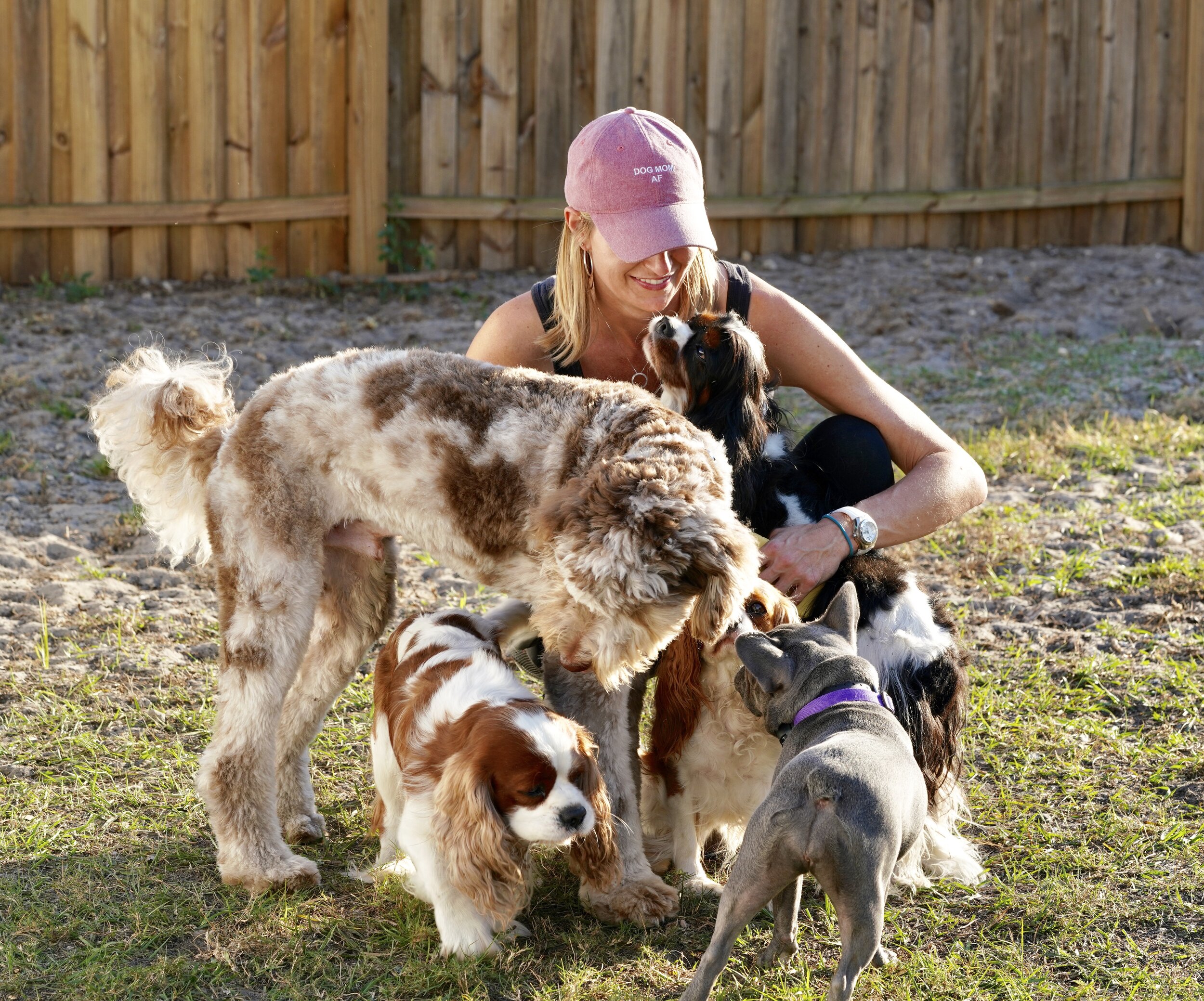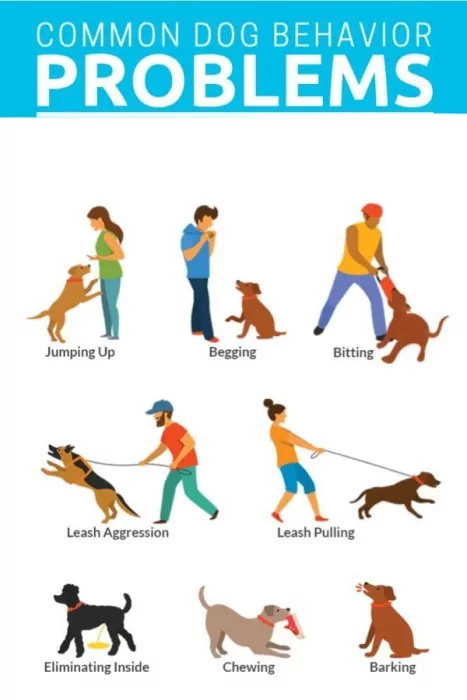Important Pet Educating Tips for Raising a Mannerly Companion
Effective canine training is fundamental to creating a mannerly and unified friend. Crucial strategies such as early socializing, the establishment of constant commands, and the application of positive reinforcement can considerably affect a dog's habits and overall personality. In addition, understanding canine behavior is critical for tailoring training approaches that reverberate with private pets. By cultivating a participating atmosphere amongst family members and adhering to a structured routine, proprietors can improve their training initiatives. Yet, the complexities of these techniques merit better expedition to fully value their impact on cultivating a well-adjusted canine buddy.
Understanding Pooch Actions

Additionally, socializing plays an important function in shaping a dog's actions. Direct exposure to numerous atmospheres, individuals, and other animals helps dogs establish self-confidence and minimizes the possibility of fear-based reactions. Early socializing is particularly vital, as experiences during the important advancement period dramatically influence a canine's lasting behavior.
Furthermore, understanding the principles of discovering theory-- such as positive support, negative reinforcement, and penalty-- can enhance training performance. Canines are most likely to repeat habits that generate favorable outcomes. Employing regular, reward-based training methods fosters a relying on relationship between the pet dog and its instructor.

Fundamental Commands to Show
Teaching fundamental commands is an important structure for efficient canine training and communication. Dog Training For Dogs. These commands not just assist establish a clear line of interaction between you and your canine, but they also promote safety and good habits in numerous situations
Start with basic commands such as "Sit," "Keep," "Come," "Down," and "Heel." Each command offers a details purpose; for example, "Sit" can help soothe an ecstatic pet dog, while "Come" is important for ensuring your pet dog go back to you when called.
When introducing a new command, utilize a constant and clear tone. Gradually increase the duration and distance as your pet dog ends up being extra competent.
Uniformity is essential; technique regulates day-to-day to strengthen discovering, and ensure all member of the family utilize the same commands to stay clear of confusion. Bear in mind that patience is required throughout this procedure, as different canines might find out at different rates. Developing these basic commands advertises a harmonious relationship and sets the stage for advanced training in the future.
Favorable Reinforcement Strategies
Positive support techniques are very efficient approaches for motivating wanted actions in dogs. This training method entails gratifying your canine for exhibiting behaviors you desire to enhance, thus increasing the likelihood of those actions being duplicated. Rewards can take different types, including treats, appreciation, or playtime, and need to be customized to what encourages your pet most.
Timing is essential in favorable reinforcement. Incentives must be given right away after the wanted behavior occurs to create a clear organization. If you desire your dog to rest on command, reward them as soon as they rest, ensuring they recognize what action is being strengthened.
Uniformity is an additional vital part. Dog Training For Dogs. Utilize the very same commands and incentives each time to stay clear of complication. Progressively, you can phase out deals with for even more periodic incentives, such as verbal praise, to maintain the actions the original source without counting on constant external support
In addition, it is very important to remain patient and stay clear of penalty, as adverse reinforcement can cause be afraid and stress and anxiety, eventually hindering training efforts. By executing positive reinforcement strategies, you will certainly foster a trusting relationship with your canine, causing a well-behaved buddy.
Socialization and Communication
Socialization and communication are essential aspects of a pet's advancement that enhance favorable reinforcement strategies. Early direct exposure to varied environments, people, and various other pets is critical for promoting a well-adjusted family pet. This process helps pets establish confidence and flexibility, minimizing the possibility of behavior problems such as fear or aggressiveness.
Begin socialization throughout the important developmental home window, usually between 3 and fourteen weeks old. Introduce your pup to different stimulations, including various sounds, views, and textures. Enlist in puppy courses or arrange supervised playdates with various other canines to urge positive communications.
As dogs expand, proceed to subject them to diverse experiences. Activities such as sees to parks, pet-friendly shops, or neighborhood occasions can enhance their social abilities and convenience levels in unknown setups.
Always keep an eye on communications to ensure they are worry-free and positive. Smoothly redirect them and allow for gradual direct exposure at a comfortable pace if your pet exhibits indications of anxiousness or hostility. Through constant socialization and interaction, you lay the foundation for a balanced, mannerly friend capable of flourishing in diverse social circumstances.
Consistency in Training
Establishing consistency in training is essential for effective communication between a dog and its owner. Dogs flourish on routine and clear assumptions, which aids them recognize what actions is wanted. A regular strategy consists of utilizing the exact same commands, hand signals, and benefits for particular behaviors. This uniformity reduces complication, permitting the pet to find out more successfully.
Consistency additionally prolongs beyond commands; it incorporates the policies established within the house. If a pet dog is not allowed on the furnishings, this guideline must be implemented at all times. Mixed signals can cause behavioral concerns, as the dog might become unclear regarding what serves.
Moreover, all family members need navigate to this site to be on the very same page regarding training strategies and commands. If someone Resources compensates a behavior while an additional scoldings it, the pet may end up being disoriented and nervous.
Final Thought
In final thought, applying crucial pet training ideas promotes a well-behaved buddy. Eventually, these techniques grow a relying on connection between the canine and its household, promoting a harmonious living environment and a well-adjusted canine companion.
Important strategies such as early socializing, the facility of regular commands, and the execution of favorable support can dramatically affect a pet dog's habits and total personality. Comprehending canine behavior is crucial for customizing training techniques that resonate with specific canines.Understanding canine actions is vital for effective pet dog training. Canines are more most likely to repeat habits that yield favorable outcomes.Favorable support methods are highly efficient methods for motivating desired actions in dogs.